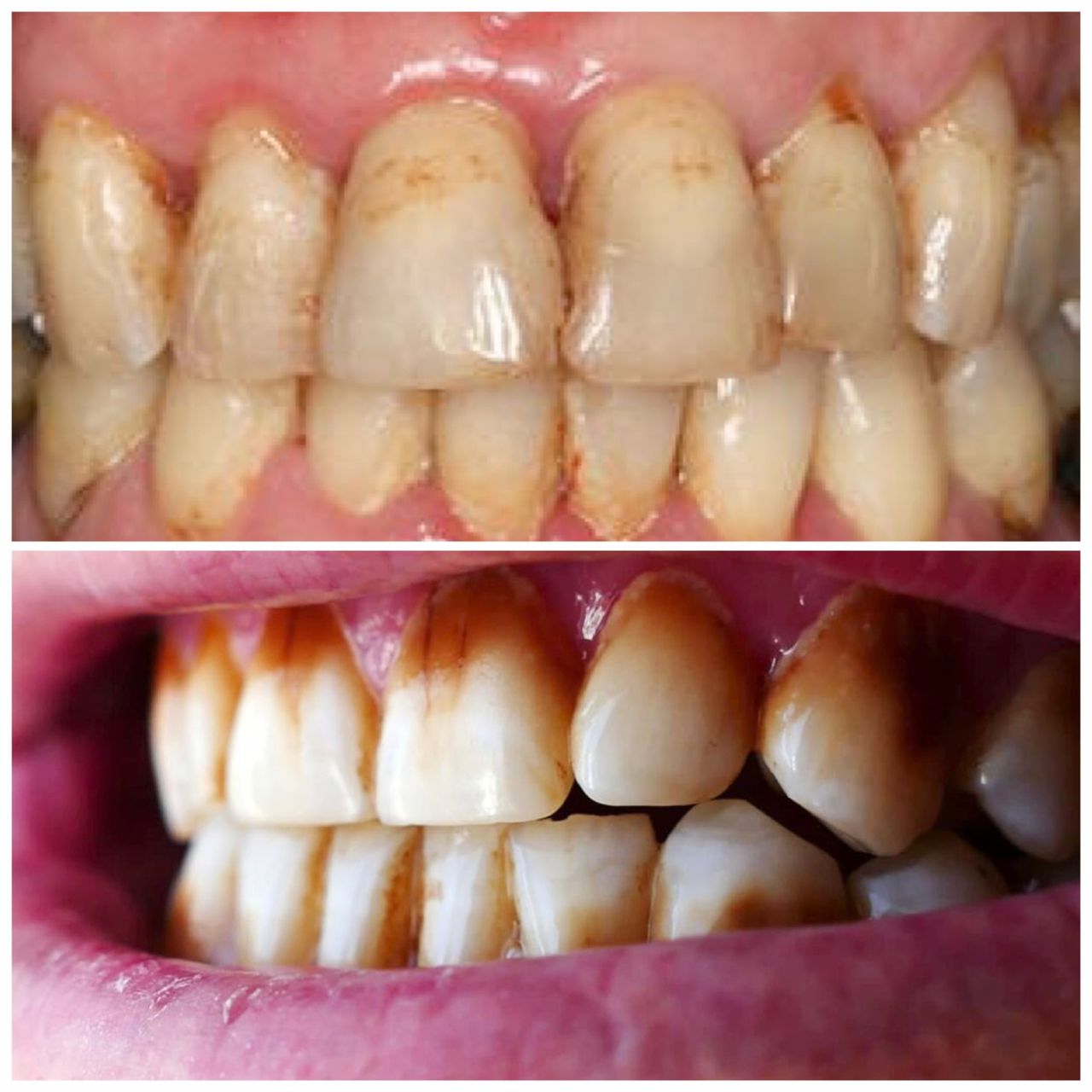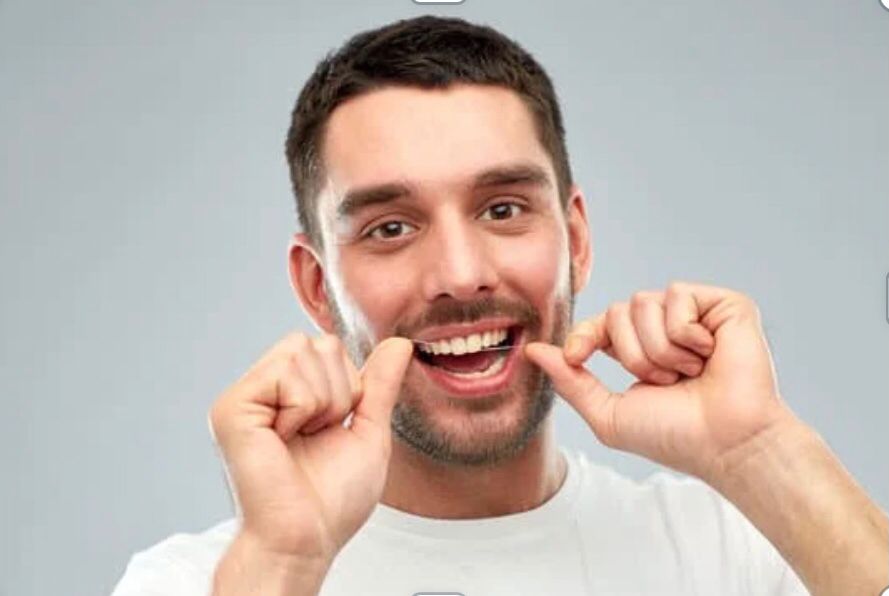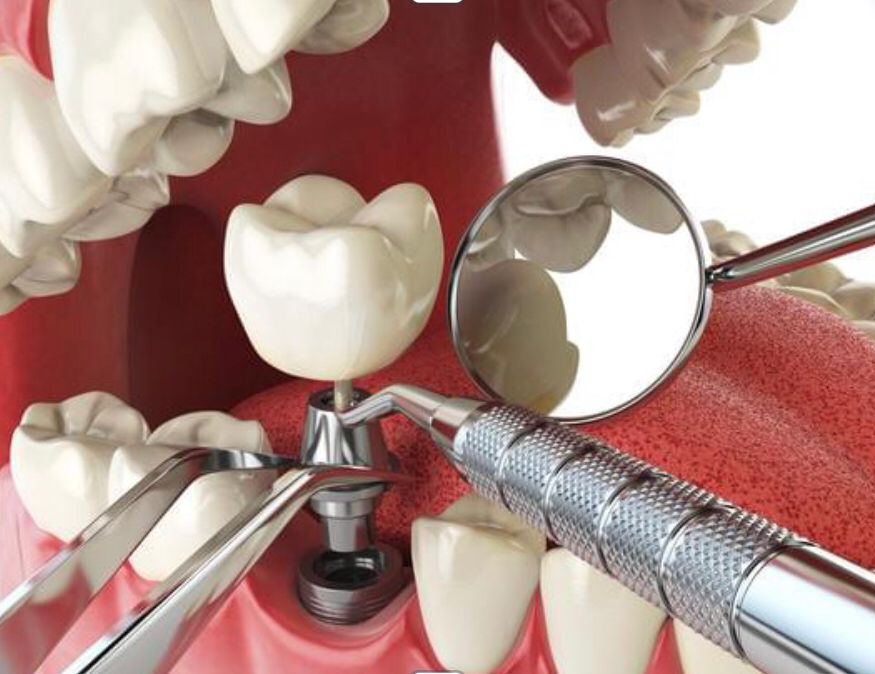Tooth discoloration can occur as a result of surface stains, due to actual changes in your tooth material, or because of a combination of both factors. Dental professionals have identified three main categories of tooth discoloration:
- Extrinsic Teeth Stains: An extrinsic tooth stain is staining on the surface of the tooth. It occurs when stain particles, such as pigmented residue from food or drink, build-up in the film of protein that covers the tooth enamel. Extrinsic tooth stains are typically caused by tobacco use or by regular drinking coffee and tea wine or cola This type of tooth stain responds well to regular dental cleaning and brushing the teeth with whitening toothpaste.
- Intrinsic Teeth Stains: An intrinsic tooth stain is staining below the surface of the tooth. It occurs when stain-causing particles work through the exterior of the tooth and accumulate within the tooth Excessive fluoride use and also have been associated with intrinsic, especially in children. An intrinsic tooth stain is trickier to remove, but it can be done. An intrinsic tooth stain may require bleaching using professional or at-home chemical teeth-whitening products, such as white strips.
- Age-Related Teeth Stains: Age-related teeth stains combine the results of both intrinsic and extrinsic tooth discoloration. Because the core tissue of your teeth, the dentin, naturally yellows over time, teeth discolor with age. As we age, the enamel that covers the tooth becomes thinner, allowing the dentin to show through. These intrinsic causes of discoloration combined with extrinsic causes such as the effects of certain foods, beverages, and tobacco, will cause most adults’ teeth to discolor with
In Smileway Dental Clinic USJ and Smileway Dental Clinic Setapak we take care of your smile because we believe in “Creating Smiles That Matters” in your life. Take care everyone. To know more about Tooth Discoloration, do not hesitate to contact us and get an appointment for a consultation.






